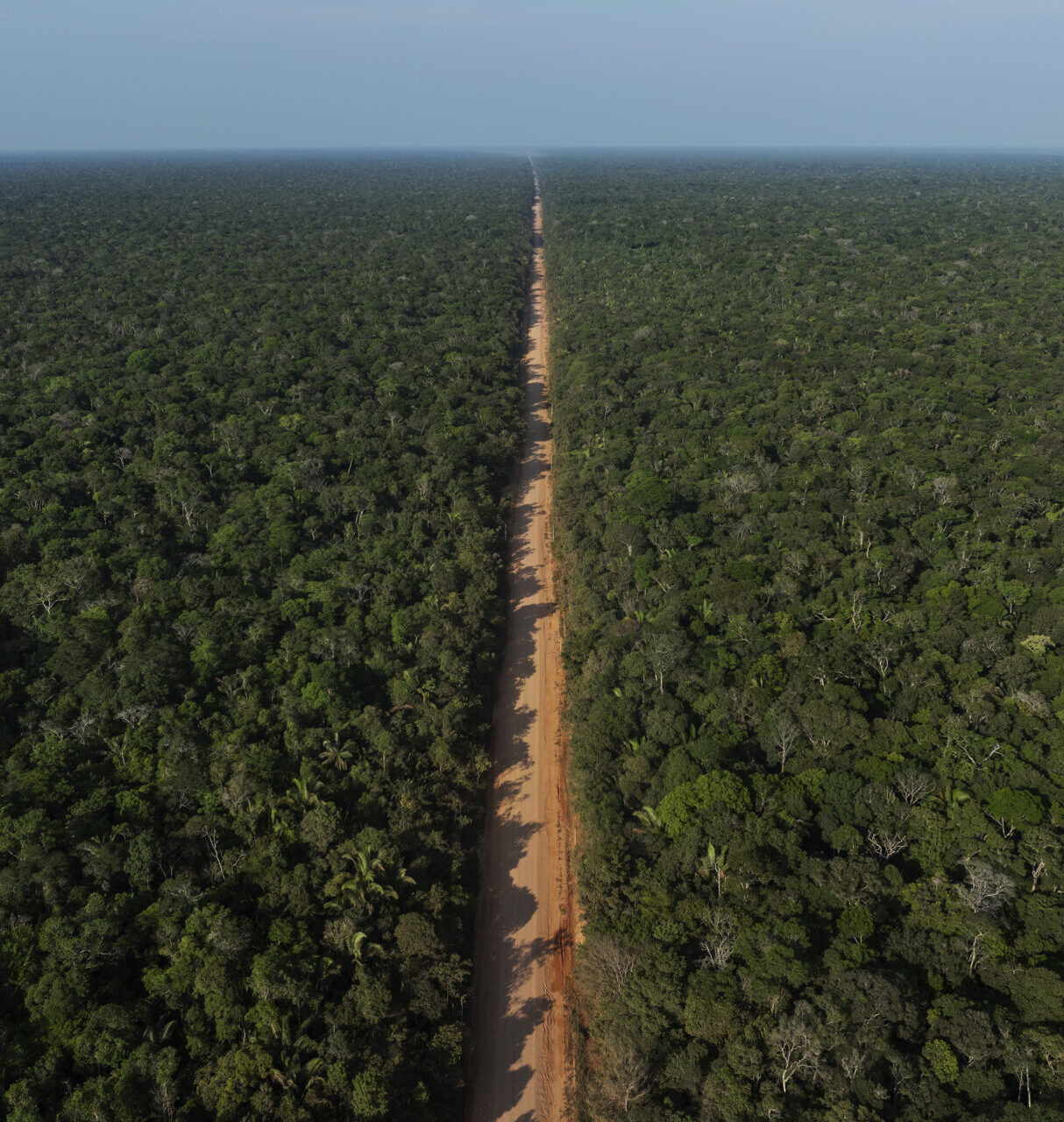Environmental Health Literacy and Science Communication
Science communication provides a way to transmit scientific ideas, methods, knowledge, and research to lay audiences in an understandable and useful way. In environmental health, ensuring that information is communicated effectively requires environmental health literacy on the part of the practitioner and in the communication of the scientific content. With this, environmental health literacy (EHL) is a critically important area of interest within the environmental health sciences. It generally refers to the ways in which people make sense of environmental contaminants and their potential impacts on health. This course will provide formal definition, as well as quantitative and qualitative measurement tools utilized in this emerging area of study that intersects environmental health with implementation, effectiveness, and dissemination science. Some of the key concepts that will be discussed in this course are risk communication, health literacy, and numeracy. Furthermore, students will learn the principles for how to communicate environmental health science in a way that is equitable, rigorous, and accessible for the public based on principles of EHL. Through this class, we will explore the subdomains relevant to EHL, including health communication, health literacy, risk communication, and environmental literacy. Students will gain an understanding of graphicacy, numeracy, and literacy, and how each of those skill sets influences environmental health literacy, as well as their impact on scientific communications. They will also gain experience assessing scientific communications for accessibility and leave with the ability to identify barriers and facilitators to accessible environmental communications. Students of this course should have a strong background in environmental health sciences training. Prior experience with health literacy or health communication is not required.










